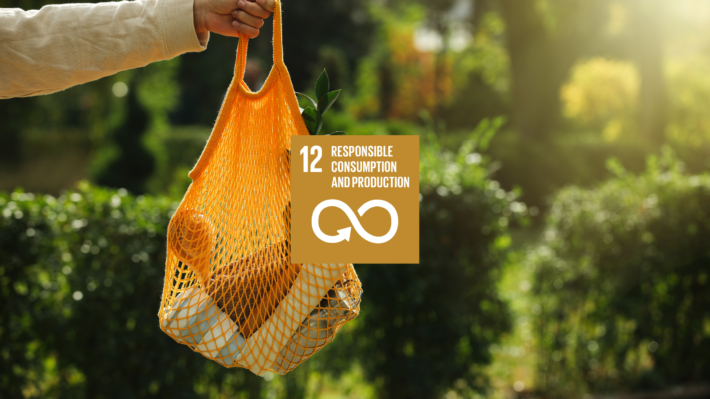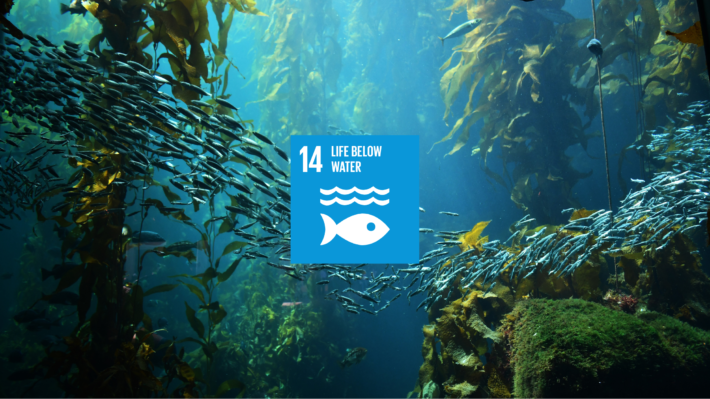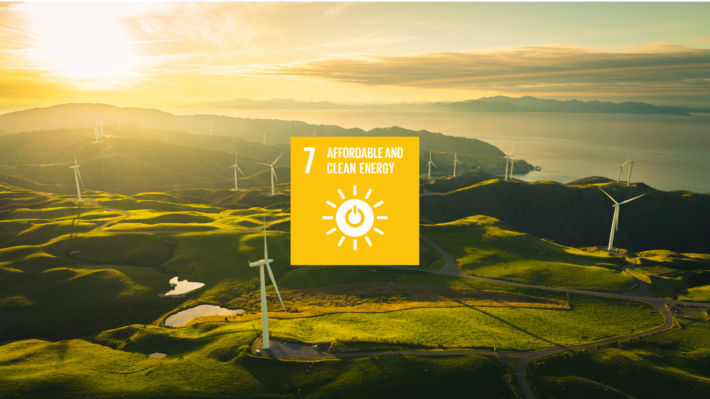Achieving Sustainable Development: SDG 6 Clean Water and Sanitation
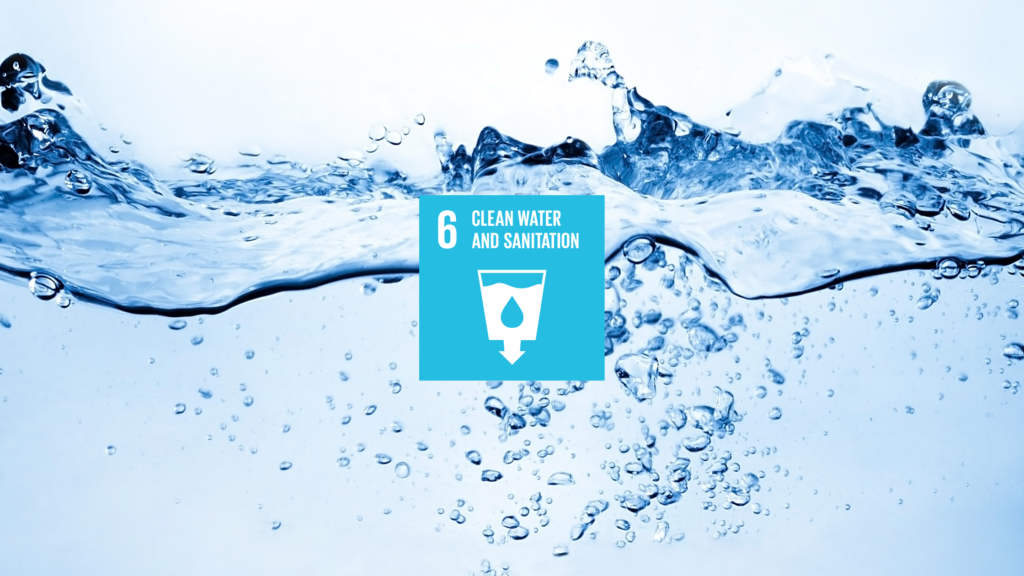
Water is the essence of life and a critical component of human well-being, economic development, and environmental sustainability. However, billions of people worldwide still lack access to safe drinking water and sanitation, while water scarcity and pollution continue to escalate due to climate change, population growth, and industrial activities. SDG 6, Clean Water and Sanitation, aims to address these challenges by ensuring the availability and sustainable management of water and sanitation for all.
SDG 6 is not just about providing access to clean water and sanitation; it also encompasses protecting water ecosystems, improving water quality, promoting efficient use of resources, and ensuring equitable access for all, including vulnerable populations. Achieving these targets is crucial to alleviating poverty, improving health outcomes, supporting sustainable economic growth, and preserving the planet’s water resources for future generations.
Clean Water and Sanitation Targets
Each target under SDG 6 addresses a specific aspect of water and sanitation, contributing to the overarching goal of sustainable water management.
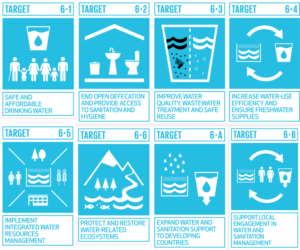
Target 6.1: Achieving Universal Access to Safe Drinking Water
This target calls for ensuring that everyone has access to safe and affordable drinking water. It emphasizes reaching underserved populations, such as those in rural areas and informal settlements, to eliminate disparities in water access.
Target 6.2: Providing Access to Adequate Sanitation and Hygiene
To eliminate open defecation and promote hygiene, this target focuses on achieving equitable access to adequate sanitation facilities and improving hygiene practices, particularly for women, girls, and marginalized communities.
Target 6.3: Improving Water Quality and Reducing Pollution
Reducing pollution, eliminating hazardous chemical discharge, and increasing wastewater treatment are central to this target. It aims to improve water quality globally by ensuring untreated wastewater does not harm ecosystems or communities.
Target 6.4: Increasing Water-Use Efficiency
This target emphasizes the importance of sustainable water use. It seeks to increase water-use efficiency across all sectors, address water scarcity, and ensure sufficient supply to meet growing global demand.
Target 6.5: Implementing Integrated Water Resources Management
Integrated water resources management (IWRM) ensures that water use is balanced across sectors while maintaining environmental sustainability. This target encourages cross-border cooperation for shared water resources.
Target 6.6: Protecting and Restoring Water Ecosystems
Rivers, lakes, wetlands, and aquifers are essential ecosystems that must be preserved. This target focuses on protecting and restoring these natural water sources to maintain biodiversity and ecosystem services.
Target 6.7: Expanding International Cooperation and Capacity-Building
Many countries, especially developing nations, lack the resources and technology to manage water effectively. This target calls for increased international support, including capacity-building and technology transfer, to address these gaps.
Target 6.8: Strengthening Community Involvement in Water Management
This target promotes inclusive participation of local communities in water and sanitation management, recognizing the critical role of grassroots action in achieving sustainable solutions.
Progress toward SDG 6 is tracked using a series of indicators aligned with its targets. These indicators provide insights into water accessibility, sanitation coverage, water quality, ecosystem health, and resource efficiency:
- Achieving Universal Access to Safe Drinking Water (Target 6.1): Progress is measured by the proportion of the population using safely managed drinking water services. This includes water that is accessible on premises, available when needed, and free from contamination.
- Providing Access to Sanitation and Hygiene (Target 6.2): Indicators track the percentage of the population using safely managed sanitation services, which include toilets connected to treatment systems, and access to basic hygiene facilities such as handwashing stations with soap and water.
- Improving Water Quality and Reducing Pollution (Target 6.3): The percentage of safely treated wastewater and the proportion of bodies of water meeting good water quality standards are monitored to evaluate progress in reducing pollution and ensuring safe water.
- Increasing Water-Use Efficiency (Target 6.4): Water-use efficiency across all sectors and the level of water stress—measured as the proportion of freshwater withdrawal compared to available resources—are tracked to assess efforts in managing water scarcity.
- Implementing Integrated Water Resources Management (IWRM) (Target 6.5): The degree of IWRM implementation, including cross-border cooperation for shared water basins, is evaluated to gauge how well countries are balancing water use and sustainability.
- Protecting and Restoring Water Ecosystems (Target 6.6): Changes in the extent of water-related ecosystems, such as wetlands, rivers, lakes, and aquifers, over time are monitored to assess the health and sustainability of these vital ecosystems.
- Expanding International Cooperation and Capacity-Building (Target 6.7): Indicators track the volume of financial support and technical assistance provided to developing countries for water- and sanitation-related activities and programs.
- Strengthening Community Involvement in Water Management (Target 6.8): Progress is measured by the number of local administrative units with policies and procedures for local community participation in water and sanitation management.
By linking each target to specific measurable indicators, SDG 6 provides a clear framework for evaluating progress. Data collected from national statistics offices, international organizations, and local reports helps identify gaps and guide future action to ensure water and sanitation for all.
Progress So Far
Efforts to achieve SDG 6 have yielded significant advancements, though challenges remain in many areas.
Access to Safe Drinking Water
Globally, billions of people have gained access to improved water sources. However, disparities persist, with rural areas and marginalized communities often left behind. Climate change and water scarcity further threaten progress in some regions.
Sanitation and Hygiene
While access to sanitation has improved in many countries, open defecation remains a pressing issue in some regions. Hygiene practices, such as handwashing with soap, have gained attention, especially during the COVID-19 pandemic, but gaps in infrastructure and education hinder widespread adoption.
Water Quality and Pollution Reduction
Efforts to manage chemicals and hazardous waste have improved, with stricter regulations in place in many countries. However, developing nations often struggle with hazardous waste management due to limited capacity and funding. The global recycling rate has increased slightly, but much more progress is needed to meet waste reduction targets and establish circular economies.
Water-Use Efficiency
Some sectors, such as agriculture, have made strides in using water more efficiently. However, water stress remains a significant challenge in arid regions, exacerbated by climate change and population growth.


